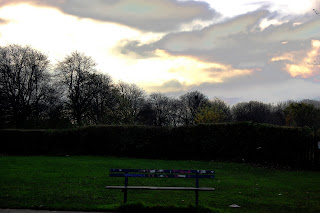Roger Dekker, continued...

Cindy Sherman is another inspirational photographer for her compelling compositions, she is not a high fashion photographer however, but works by artists like Roger Dekker and Tung Walsh, which transmit a hidden story or a deeper message remind me of her.
She takes conceptual portraits, lots of the time of herself and creates a frame within a frame using props, the composition itself or lighting techniq
ues. She tells a story through her untitled film stills and raises political, feminist related questions through her art.



Her film stills are untitled, possibly because she is raising political questions but she wants us to draw our own conclusions.
Tung Walsh is probably my favourite of all these glorious photographers, he goes that one extra mile into the theatre of photography, pushing the limits of his characters and the story behind their being there. There is something forlorn but simultaneously strong about his female characters. They are placed in bizarre settings, in peculiar positions, making them look awkward but also in control. I find his coloured photographs tend to have
one or two strong colours against a neutral background. Like Cindy Sherman he creates frames within frames using lighting techniques and props.














































 I am a bit of a sucker for drama. I love dramatic moments in life, they are what make you feel really alive and moments you always remember. It is the same with photography, art and design, the dramatic compositions that grab me the most.
I am a bit of a sucker for drama. I love dramatic moments in life, they are what make you feel really alive and moments you always remember. It is the same with photography, art and design, the dramatic compositions that grab me the most. 





